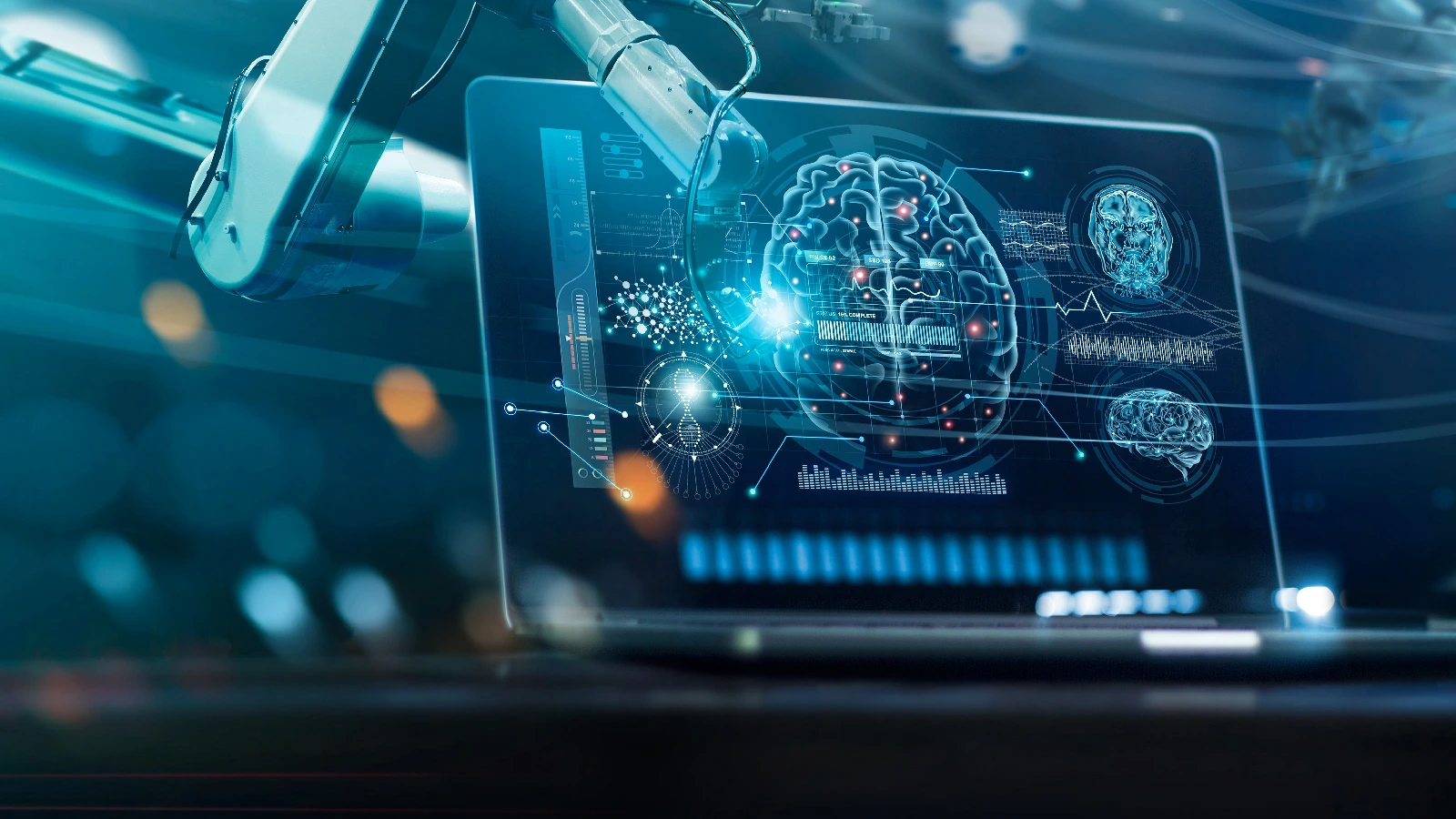A groundbreaking development has the potential to reshape medical imaging and diagnostics – synthetic data.
Synthetic data refers to artificially generated data by computers that simulate the characteristics of real-world data without containing any personally identifiable information (PII) or sensitive details. Examples of synthetic data include simulated customer profiles, financial transactions, or medical device readings.
The main advantage of synthetic data lies in its speed and efficiency. Unlike the traditional data acquisition process, which often constitutes a lengthy process of requests and approvals spanning months, synthetic data can be harnessed in under a day. In the race for businesses to stay ahead of the curve, synthetic data emerges as a game-changer, empowering researchers and businesses alike to seize the moment and transform their visions into reality with unparalleled agility.
Crucial In Healthcare
Synthetic data is crucial for many industries with sensitive data, such as healthcare, because it addresses two significant challenges: privacy and data scarcity. In healthcare, patient data is sensitive and protected by strict regulations, making it challenging to share or use for research and development purposes. By generating synthetic data that mimics the statistical properties of real patient data, healthcare organizations can preserve privacy while still providing a realistic representation for analysis and modeling.
Healthcare also faces data scarcity often due to limited access to patient records or a small sample size for certain conditions. Synthetic data helps augment existing datasets, improving the accuracy and generalizability of machine learning models, drug development, and treatment optimization, leading to more effective and personalized healthcare solutions.
How Is Synthetic Data Collected?
Generating synthetic data typically starts by collecting and understanding the patterns and statistical properties of the original sample of the real-world dataset. Then, various algorithms or models, such as Generative Adversarial Networks (GANs), Data Augmentation, or Kernel Density Estimation, are employed to create new data points that follow similar patterns and distributions as the real data. The generated synthetic data can be used for testing and training machine learning models to make them more robust and accurate for analyses and predictions.
Because of the healthcare industry’s privacy and data scarcity concerns, GANs have emerged as one of the preferred ways to collect this data. GANs excel at generating high-quality synthetic data that closely resembles real patient data because of the “adversarial” way they are structured. First, a generator network creates fake data similar to real patient information. Second, a discriminator network tries to distinguish between real and fake data. As these networks compete in a game, the generator gets better at producing realistic synthetic data, while the discriminator improves at identifying fakes. Eventually, the generator becomes skilled at creating data statistically similar to real patient information without containing any private details.
GANs can also generate diverse and abundant synthetic data, filling in gaps in data scarcity and expanding the available dataset for analysis and research.
HOW CAN THE HEALTHCARE INDUSTRY LEVERAGE SYN. DATA?
Training and Validation of Medical Imaging Models:
Imagine a world where researchers can train and validate medical imaging models without being constrained by scarce and heavily regulated real-world data. Synthetic data generated from GANs offers a transformative solution to this dilemma. Researchers can delve into the intricacies of model training and validation by creating synthetic medical images that replicate the statistical properties of real images.
Testing the Accuracy and Efficacy of Medical Tools:
By producing synthetic medical images that mirror the statistical properties of real images, researchers can meticulously evaluate the performance of medical tools within simulated environments. This pioneering method enables the identification of potential issues or limitations before deploying them on real patients, revolutionizing the quality and safety of healthcare interventions.
Augmenting Real-World Data for Enhanced Speed and Accuracy:
Synthetic data generated from GANs brings an unprecedented opportunity to augment real-world data. By generating synthetic medical images that closely mimic the statistical properties of real images, researchers can significantly expand the size and diversity of their datasets.
A Disruptive Force
Synthetic data’s remarkable ability to replicate the statistical properties of real data while safeguarding patient privacy revolutionizes the development and testing of medical imaging and diagnostic tools. By harnessing the transformative power of GANs, researchers and organizations can push the boundaries of medical innovation, drive precision in diagnosis, and enhance patient care. The future of healthcare has arrived, and the provocative potential of synthetic data is fueling it.


